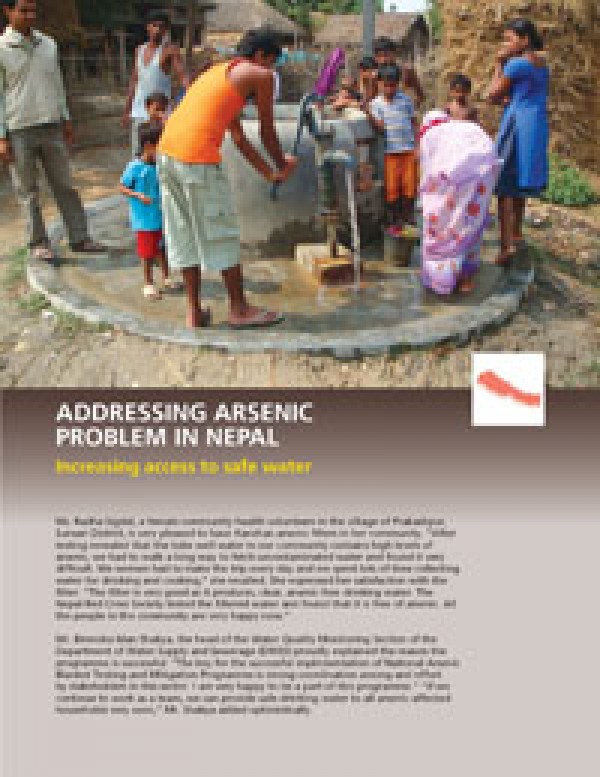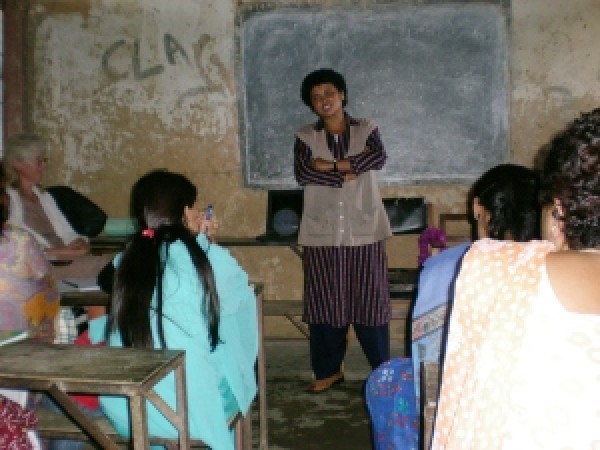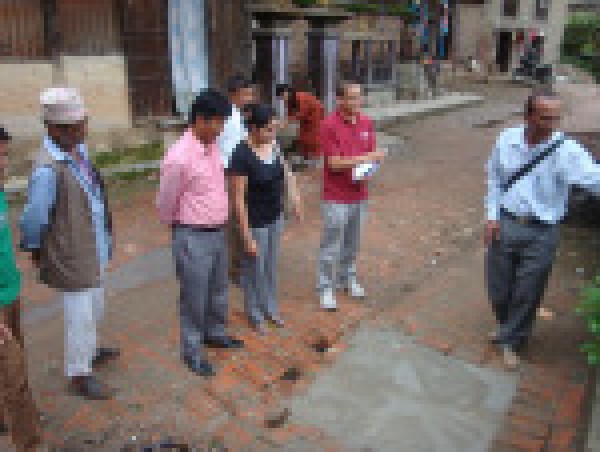
Addressing Arsenic Problem in Nepal
| Publisher: | UN-HABITAT |
|---|---|
| Year: | 2013 |
| Files | Download |
Access to safe drinking water is one of the key targets of the United Nations’ millennium development goals and is a crucial foundation for sustainable poverty reduction. However, the natural occurrence of arsenic in groundwater has proven to be a setback in the provision of safe drinking water to millions of citizens in Asian countries,including Nepal. Arsenic was first detected in groundwater in the early 1990s in both Bangladesh and West Bengal, India. In late 1999, the Nepal’s Department of Water Supply and Sewerage,with support from the World Health Organisation, initiated the first-ever arsenic testing in Nepal and discovered that some groundwater in the Tarai region (Nepal’s low-lying plains in the south along the border with India) is indeed contaminated
In 2007, in order to respond to and mitigate the arsenic problem in Nepal, the DWSS, the WHO, UN-HABITAT and UNICEF signed a memorandum of understanding to jointly launch the National Arsenic Blanket Testing and Mitigation Programme
(NABTMP) in seven districts in the Tarai region. Together they signed an agreement with the Nepal Red Cross Society (NRCS) to implement the Arsenic Mitigation Programme (AMP) in the arsenic-affected districts detected during the testing.


